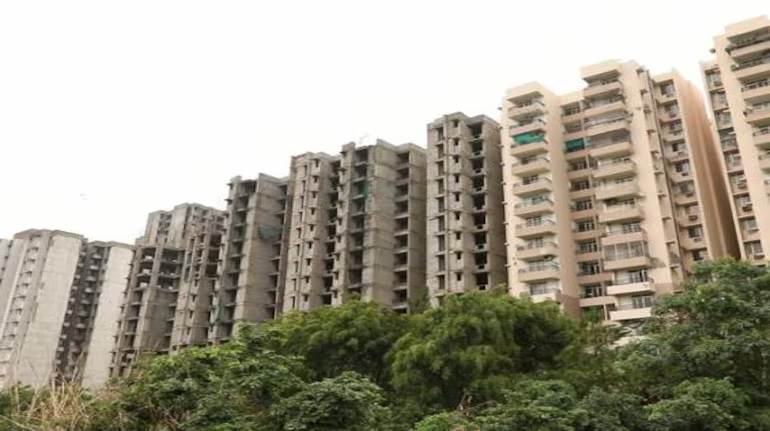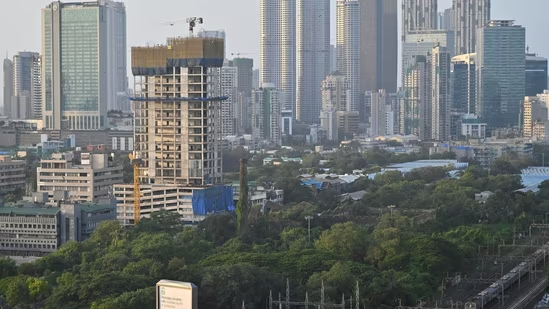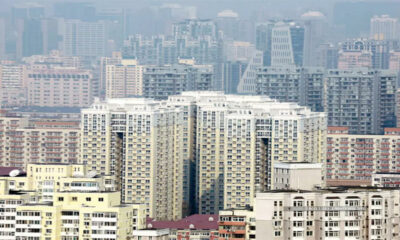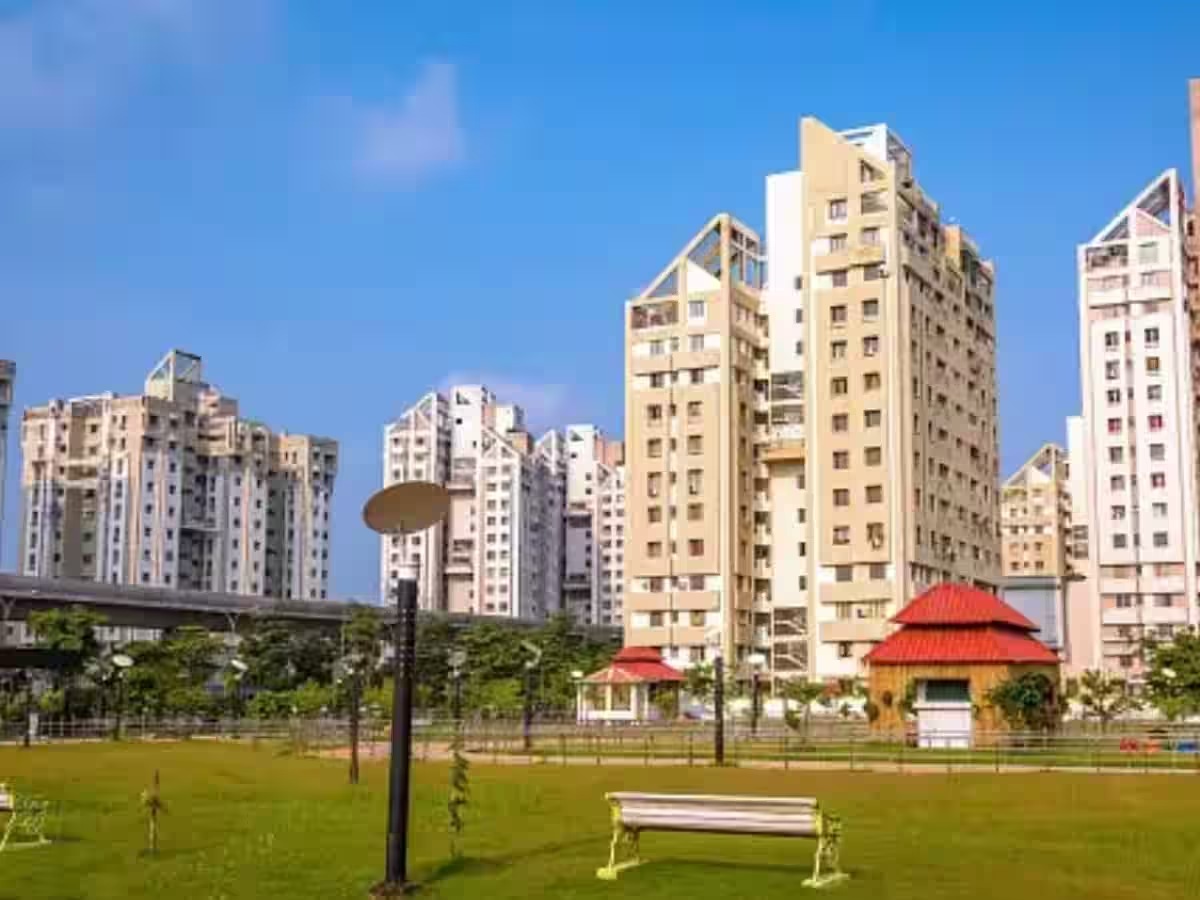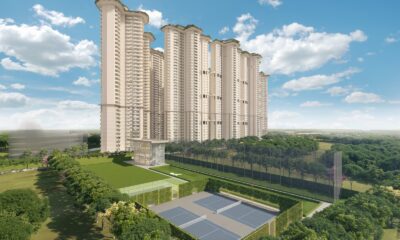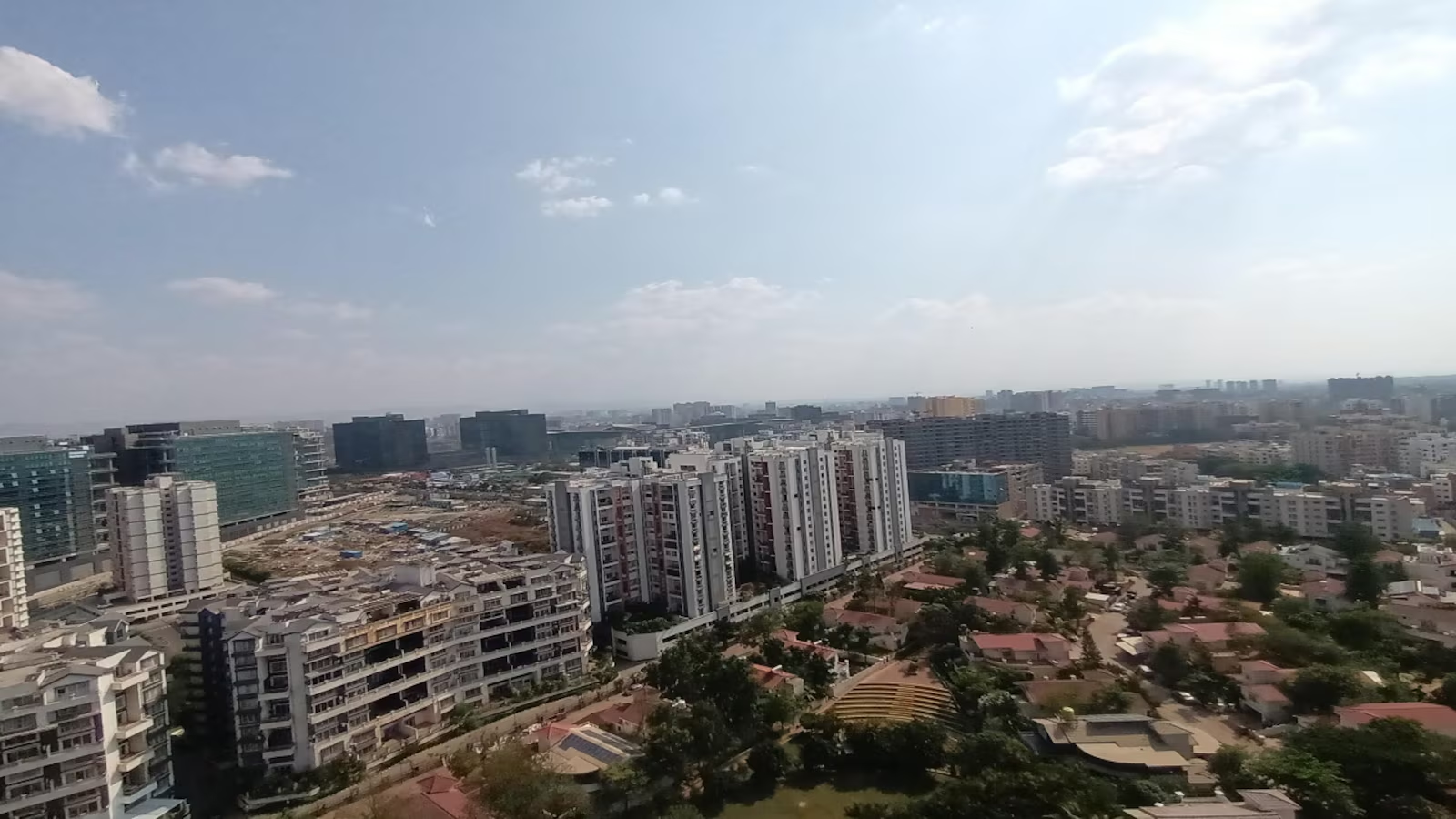Main
CM Fadnavis approves Mumbai DP 2034


Mumbai, April 25, 2018: Maharashtra Government on Friday approved Mumbai’s long pending Development plan (DP), which will be in reckoning for the next 20 years. Chief Minister Devendra Fadnavis sanctioned the new 20-yr development blueprint.
It proposes to unlock about 3,355 hectares of public and privately owned lands — currently tagged as no development zones (NDZ) — to push low-cost housing and augment social amenities. About 2,100 hectares of it will go for affordable housing under the Development Plan 2034, Ajoy Mehta, municipal commissioner of Mumbai, said in a press conference today. An additional 300 hectares of salt pan land will also go for affordable homes.
The blueprint has made no compromise on open spaces, green cover and no development zones. It will facilitate creation of 8 million jobs, affordable housing, and separate provisions for demarcating gaothans, koliwadas, and tribal hamlets. Nearly 12,859 hectares marked as natural areas-hills, slopes, mangroves, eco-sensitive areas-where no development can take place. Apart from this, no suggestions to delete open spaces has been accepted. With this blueprint, the government plans to target 1 mn affordable houses.


CEO & Country Head, JLL India
Ramesh Nair, CEO and Country Head, JLL India commented, “The new DP creates a massive opportunity for affordable housing projects and ensures a fine balance between environment and development. The land earlier earmarked as salt pans have been opened up for housing, while no further construction is allowed in the Aarey Colony apart from the approved construction of metro car shed. We see great promise in this plan as it is supported by a robust financial outlay laid out by the BMC for on ground implementation.”
Nair further added, “The creation of open space of 120 hectares at Eastern Waterfront through PPP is in line with improving the per capita open space ratio of Mumbai. This opens Mumbai’s trademark waterfront for development of recreation, retail and entertainment projects and will give rise to re-development of real estate along the corridor, much like what Canary Wharf re-development did for London’s office district.”
Additionally, CM Fadnavis has also lifted the curb on FSI in the island city, which was lower than those in the suburbs. The FSI in island city has been raised to 3, while that in the suburbs is capped at 2.5. Residential hotels, regardless of the size, can also avail an FSI up to 5. The same has also been extended for financial technology and bio-tech parks, and medical and educational hubs.
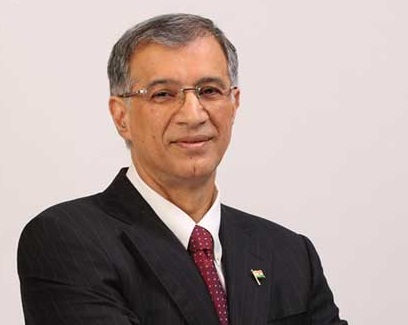

Naredco President and Hiranandani Group Managing Director, Niranjan Hiranandani said, “For years, Mumbai’s Development Plans focused on residential real estate development. This time around, the focus has been equally placed on commercial real estate, with twin focus – first, on decongesting existing CBD areas as also extending the ‘walk to work’ aspect to newer locations. The Mumbai Development Plan 2034 brings in a serious effort as ensuring the target of affordable homes get constructed within a reasonably short time, given the opening up of various categories of land on which such construction was earlier not allowed. Similarly, there is a acceptance of the fact that GDP growth will not happen only because of industrial production, but commercial activities will play a major role in enhancing GDP growth – the DP shows significant hikes in FSI for commercial, retail and hospitality. Similarly, for financial technology and bio-tech parks, medical and educational hubs. The FSI hike for commercial real estate is expected to not just enhance GDP growth, but also encourage employment and economic development”.


Anuj Puri, Chairman – ANAROCK Property Consultants – The Government’s approval on the long-pending Mumbai DP 2034 is a welcome move. The DP is likely to spur real estate activity in the city and also pave the way for the development of much-needed affordable houses in Maximum City. Let’s look at the major highlights and likely impacts of this Development Plan:
The blueprint is based on the projection that the city’s residential population will peak to 12.79 mn by 2021 from 12.44 mn in 2011, before dropping to 11.40 mn by 2034. It has doubled the per capita housing requirement from 9 sq.mt. (ELU) to 18-20 sq.mt. Estimating an average household size of 4.2, the new plan has projected that the city would need a residential built-up area of around 55 lakh sq.mt. or 30 lakh homes by 2021.
-



 News4 weeks ago
News4 weeks agoKW Delhi 6 Mall Onboards New Brands
-



 News4 weeks ago
News4 weeks agoCommercial Realty Gets Tech Savvy: Fast Construction, Enhanced Convenience
-



 News3 weeks ago
News3 weeks agoGodrej Properties Sells Rs 3k cr+ Homes of Godrej Zenith, Gurugram, within 3 days
-





 News4 weeks ago
News4 weeks agoRBI’s Status Quo on Key Policy Rates to Help Maintain the Real Estate Growth Momentum, Say Industry Stalwarts
-



 News2 weeks ago
News2 weeks agoOlive Announces Dhruv Kalro as Co-Founder
-



 News2 weeks ago
News2 weeks agoNoida’s High-Rise Societies Face Multiple Challenges Despite Rapid Urban Growth
-



 News3 weeks ago
News3 weeks agoGodrej Properties Sells 5000+ Homes of Rs 9.5 cr in Q4FY24, Bookings up 84% YoY
-

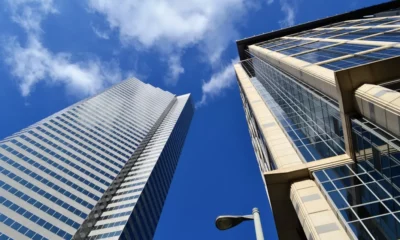

 News2 weeks ago
News2 weeks agoVestian: Domestic Investors Dominate Institutional Investments in Jan-Mar’24







